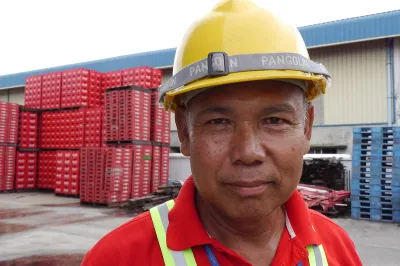Paper
Environmental Protection and Microenterprise Development in the Developing World: A Model Based on the Latin American Experience
How can micro-enterprises become environmentally friendly?
This paper highlights the commonly observed patterns of pollution and occupational safety risks in the microfinance sector, and examines feasible ways of promoting improved environmental management and occupational safety.
The paper states that:
- The informality of the micro enterprise sector, combined with the weakness of environmental protection agencies in developing countries, creates the possibility for environmental harm;
- There are three main areas of concern in environmental protection: unsustainable use of natural resources, emission of effluents and occupational health and safety risks.
Some of the pollution-intensive micro enterprise activities that the paper lists are:
- Leather tanning;
- Brick and tile manufacturing;
- Chemical-intensive agriculture and aquaculture;
- Metalworking and electroplating;
- Small scale mining;
- Automobile and motor repair.
The paper concludes that some micro enterprise activities do create pollution, impact bio-diversity and other natural resources, and generate occupational health and safety concerns. It recommends the following solutions:
- Promoting voluntary compliance rather than enforcement;
- Microfinance institutions (MFIs) identifying a businesses' environmental impact and choosing a mitigating strategy;
- Educating microentrepreneurs about the environment, adopting environmentally sound production practices and improving occupational safety;
- Strengthening the public sector's and community's capacity to enforce standards;
- Forging partnerships between government, community, trade associations and financial intermediaries;
- Increasing awareness amongst employees and clients of MFIs.
About this Publication
Published


